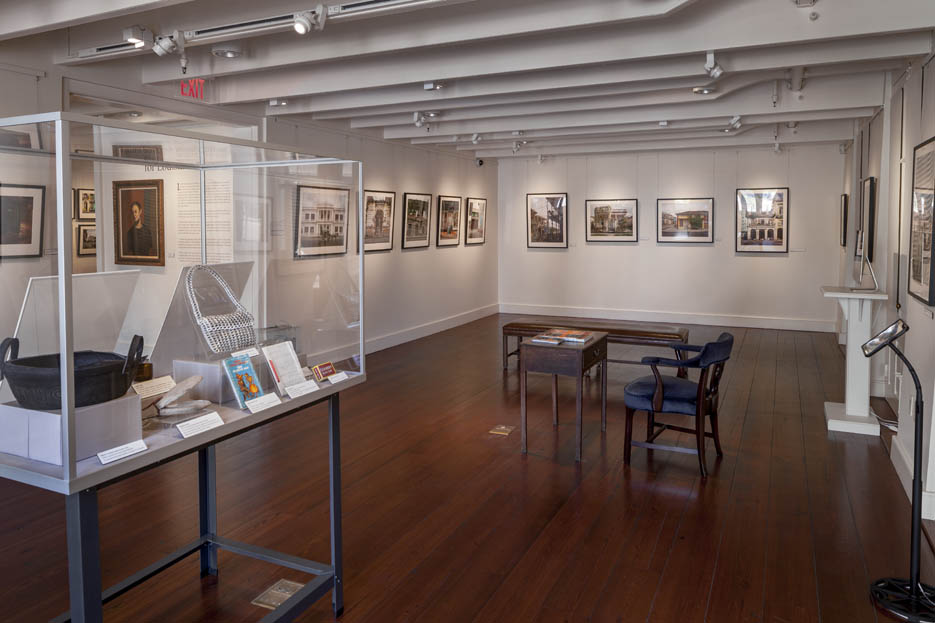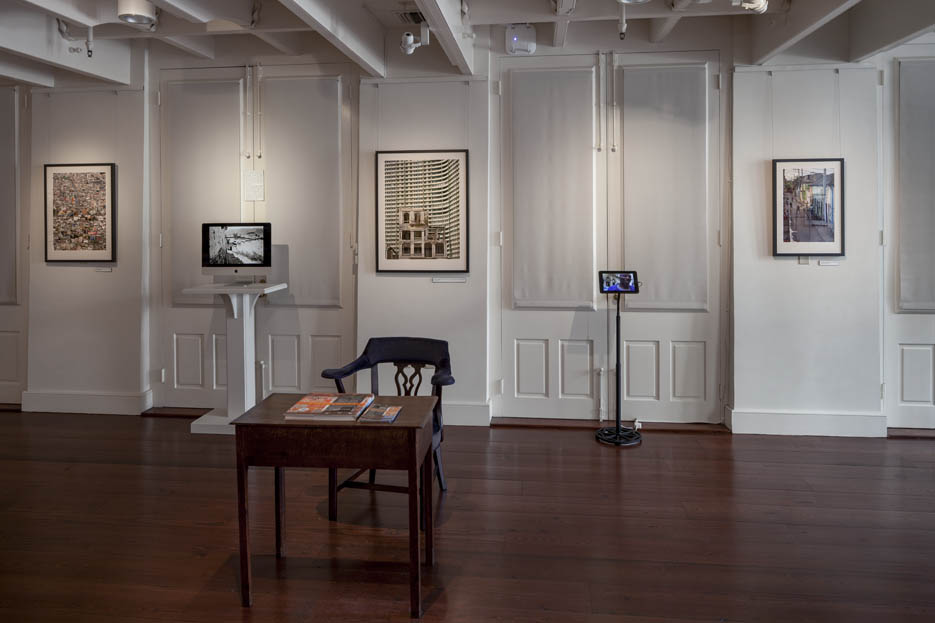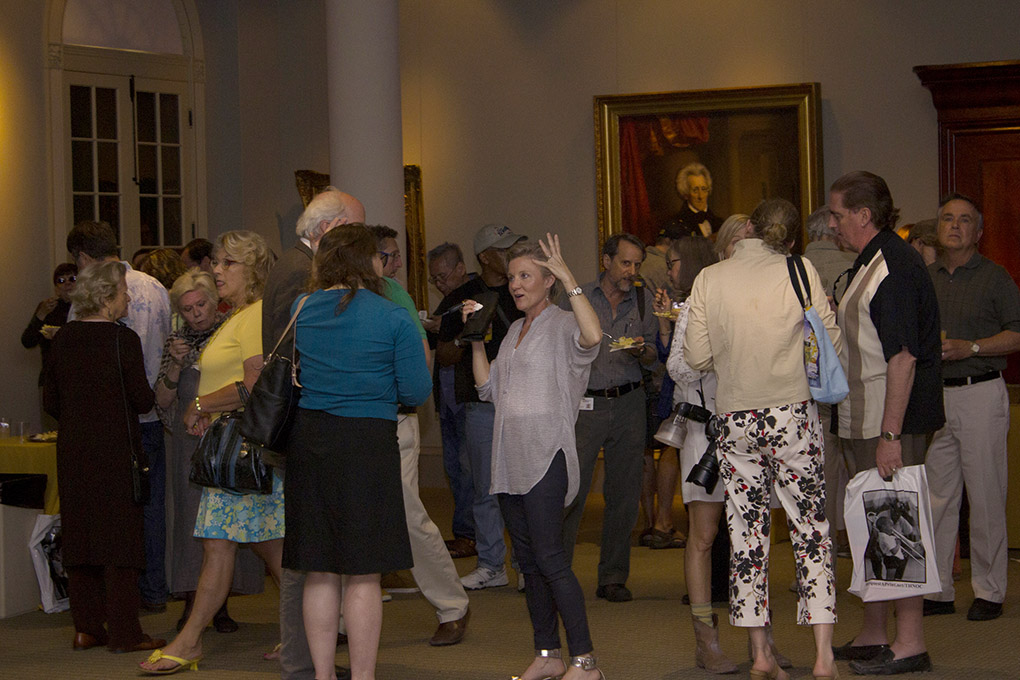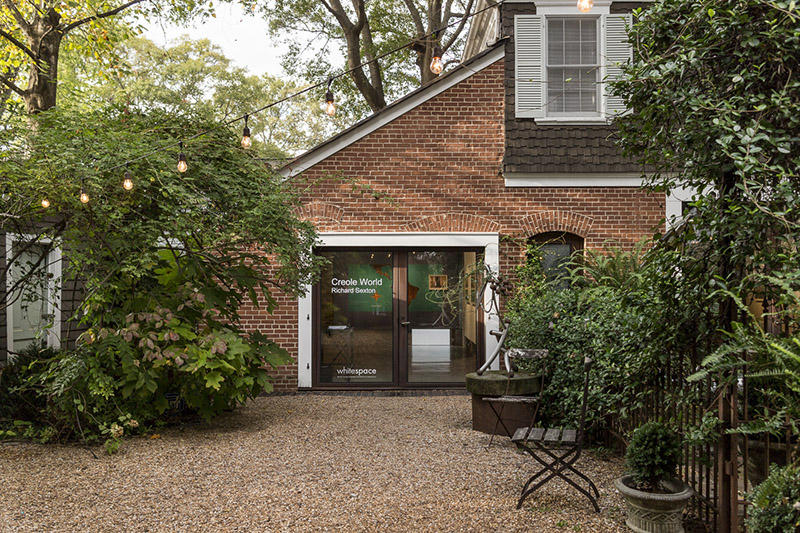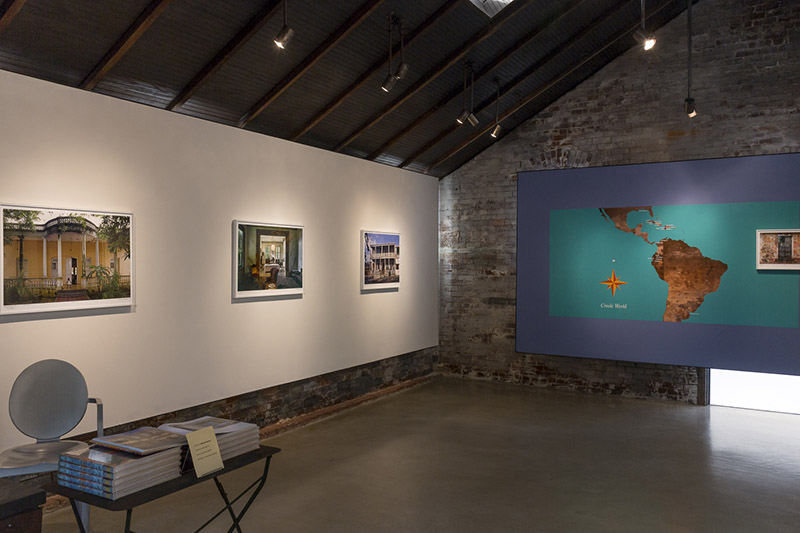Click any image to view slideshow.
Terra Incognita, Creole World, and Enigmatic Stream, are unique in that these projects are exhibitions, as well as books. For information regarding the travel venues for these projects from 2015 to the present, please visit the News Blog, or scroll down below for a slideshow of the inaugural exhibit of Creole World in New Orleans and the satellite exhibit at whitespace gallery in Atlanta, GA, in the fall of 2014. There’s also a slideshow of the Creole World feature in the Fall 2014 issue of Louisiana Cultural Vistas. To see Creole World in book form, click here.
Synopsis
In 1974, when I was 20 years old and had recently developed a serious interest in photography, I traveled overland from southwest Georgia, where I lived at the time, through Central and South America, all the way to Bolivia and back, for the primary purpose of taking photographs and exploring the world. New Orleans was the first stop on this formative trip. In 1991, I moved to New Orleans from San Francisco, and in the years that followed I authored and photographed many titles on New Orleans, on Louisiana, and the Gulf South.
In 2006, I returned to Latin America for the first time since 1974. Ostensibly, I was vacationing in Buenos Aires, though the trip immediately rekindled my early photographic interests in Latin America. Two years later, I traveled to Panama and Ecuador, at which point the idea for a photographic book emerged combining my New Orleans and Louisiana photography with new photography from places in Latin America and the Caribbean which shared visual, cultural, and historical connections with Louisiana. In 2009, I was granted a license to travel to Cuba for the project. The following year, I returned to Colombia to photograph in Cartagena de Indias. Finally, in 2012, The Historic New Orleans Collection provided funding for my travel to Haiti to complete the project.
Creole World is a multi-layered photo essay linking New Orleans, which is frequently referred to as ” the northernmost Caribbean city”, with its cultural kin further south. The similarities are quite striking and at times even uncanny. There are photographs of many urban places and neighborhoods that are difficult to travel to and photograph in, such as El Chorrillo in Panama City, a poor neighborhood adjacent to Casco Viejo, the historic district of Panama. El Chorrillo was bombed and invaded by the first Bush administration in the late 80s in pursuit of Manuel Noriega. El Chorrillo has never fully recovered from this devastation and it is known today for its blight, high murder rate, and drug dealing activity.
Due to the US embargo, Cuba is inaccessible to Americans as a tourist destination and over the last half-century has become a “forbidden island” to US citizens. Even though travel restrictions were briefly eased by the Obama administration, they were revoked by the Trump administration and tourist travel to Cuba remains banned. I traveled to and photographed not only in Havana, but throughout Cuba, in Cienfuegos, Trinidad, Santa Clara, Santiago de Cuba, and other locales.
Since the 2010 earthquake in Haiti and the difficult, to virtually impossible conditions of its aftermath, the US State Department recommends against any recreational travel to Haiti. In spite of all the difficulties in contemporary Haiti, I traveled and photographed throughout the country from Port-au-Prince to Jacmel to Cap-Haitien. The culmination of these travels has resulted in Creole World, which immerses the viewer in an exotic world that is difficult to visit and experience first hand, in its totality.
Creole World was always conceived as both a hardcover fine art photography book and a traveling exhibit. The inaugural exhibit of the work from Creole World was on display at the Laura Simon Nelson Galleries for Louisiana Art at The Historic New Orleans Collection, from April 15 to December 7, 2014. The exhibit has since traveled and was on display at Frost Art Museum at Florida International University in Miami from June 13 to August 23, 2015. It was subsequently displayed at Meadows Museum of Art at Centenary College in Shreveport, LA, from February 13 to April 23, 2016, and then at the Hilliard Museum in Lafayette, LA, from June 10 to August 20, 2016. Please visit my News Blog for information about all these travel venues.
—Richard Sexton
- To see videos about the making of Creole World, click here.
- To view Richard Sexton’s blog on Creole World, click here.
- Listen to Richard Sexton’s interview on WWNO’s The Reading Life.
- Listen to Richard Sexton’s interview on the Louisiana Anthology podcast, part 1 here: Creole World Interview, Part 1 and part 2 here: Creole World Interview, part 2.
Photographs of the installation of the inaugural exhibit at The Historic New Orleans Collection, as well as photographs from the opening reception and book signing are featured in the slideshow below. Reception photos are courtesy of photographer Tere Kirkland and HNOC:
A satellite exhibit of the Creole World exhibit at The Historic New Orleans Collection was displayed at whitespace gallery in Atlanta from October 16 to November 22, 2014.
The Creole World exhibit at whitespace was reviewed by Jerry Cullum in Burnaway, reproduced here:

It was reviewed by Jeff Stafford in Arts Atlanta, reproduced here:

Atlanta Homes and Lifestyles featured Creole World, reproduced here:

Felicia Feaster reviewed Creole World in the October 29, 2014, issue of the Atlanta Journal-Constitution, reproduced here:

Creole World was featured in the Fall 2014 issue of Louisiana Endowment for the Humanities’ Louisiana Cultural Vistas magazine (now 64 Parishes):























